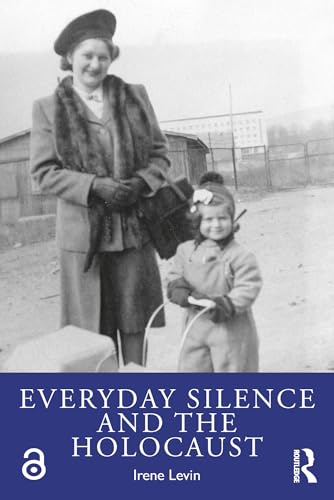
Geographies of the Holocaust
by Anne Kelly Knowles
Popularity
3.33 / 5
* A book's popularity is determined by how it compares to all other books on this website.
Where to buy?
Buy from Amazon* If you buy this book through the link above, we may receive a small commission at no extra cost to you.
Geographies of the Holocaust by Anne Kelly Knowles
Details
War:
World War II
Perspective:
Researcher
True Story:
Yes
Biography:
No
Region:
Europe
Page Count:
246
Published Date:
2014
ISBN13:
9780253012111
Description
Main Themes and Topics
Geographies of the Holocaust by Anne Kelly Knowles delves into the spatial dimensions of the Holocaust, offering a unique perspective on this historical period by examining it through the lens of geography. The book focuses on the geographies at various scales, from the vastness of the European continent to the intimate spaces of individual human experiences. It is structured around six meticulously researched case studies, each of which interrogates different aspects of the Holocaust's geography. These include the infamous killing zones in Eastern Europe, the deportations from Italy, and the complex network of camps such as Auschwitz, alongside the ghettos in Budapest. The book also looks at the personal spaces associated with evacuation marches, highlighting the profound impact of geography on the lived experiences of individuals during the genocide.
Writing Style and Tone
The writing style of Geographies of the Holocaust is academic yet accessible, balancing detailed research with clear explanation. Anne Kelly Knowles, along with her contributors, employs a scholarly tone suited to her audience, which includes historians, geographers, and students of Holocaust studies. Despite its academic rigor, the book remains engaging, offering new insights into the intersection of geography and history.
Brief Summary
Geographies of the Holocaust presents a compelling exploration of how geography shaped the Holocaust experience. By focusing on the spatial aspects of this historical event, the book provides a fresh perspective that complements traditional historical accounts. It argues for the significance of examining places and spaces to better understand how the Holocaust was executed and experienced. Through its case studies, the book illustrates how geographical methodologies can uncover new dimensions of the Holocaust, offering a model and agenda for future research in this complex field.









